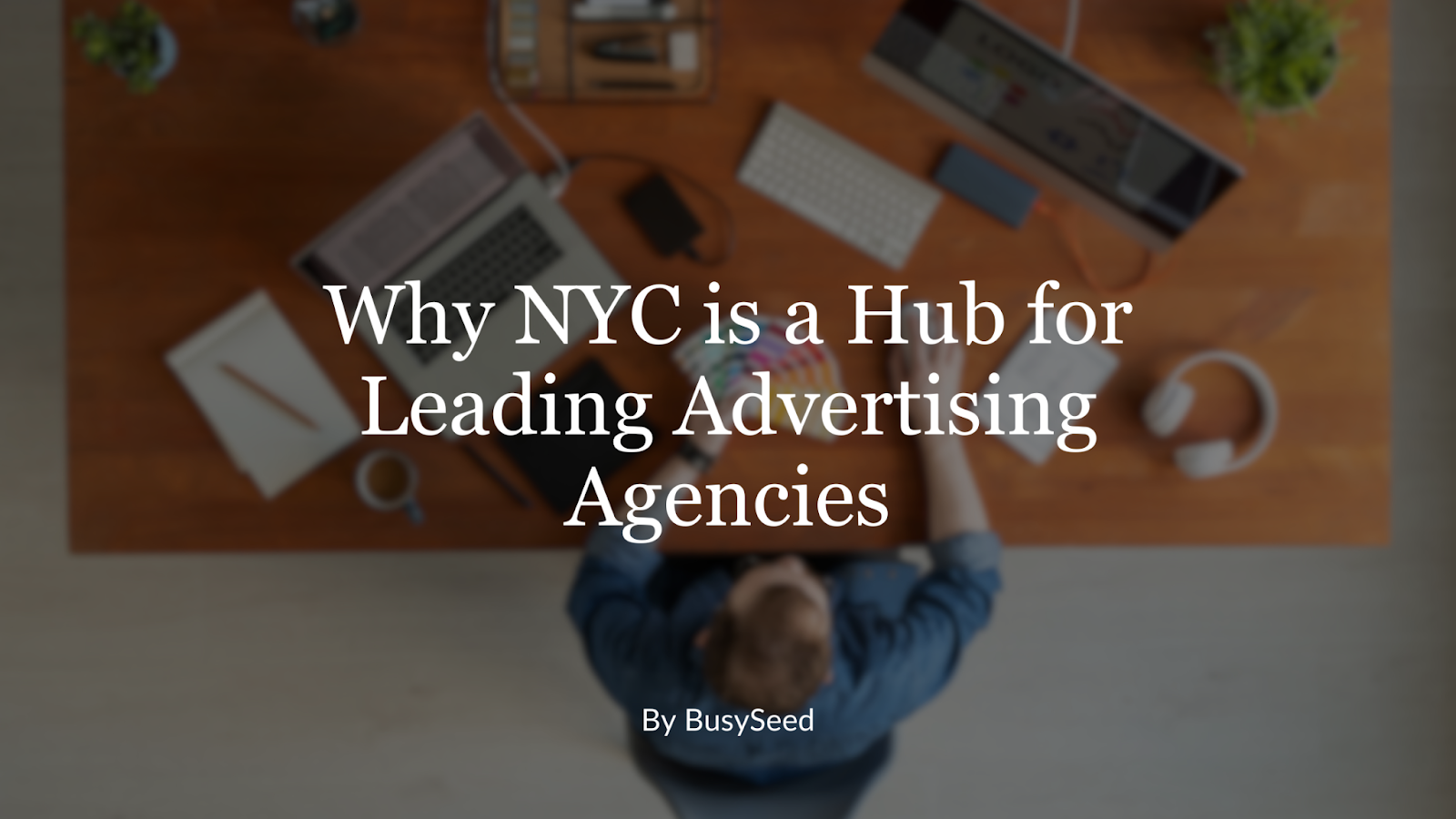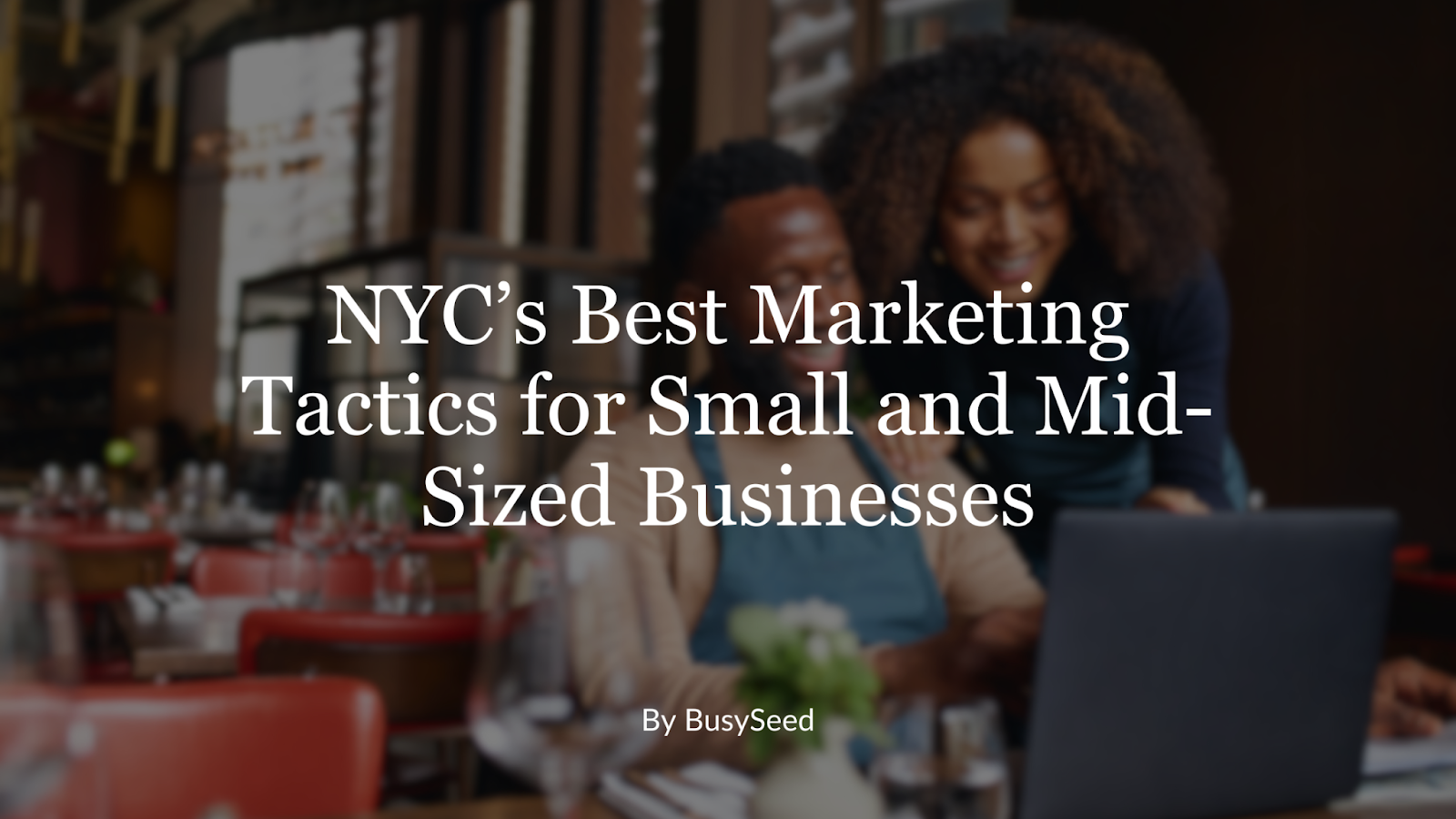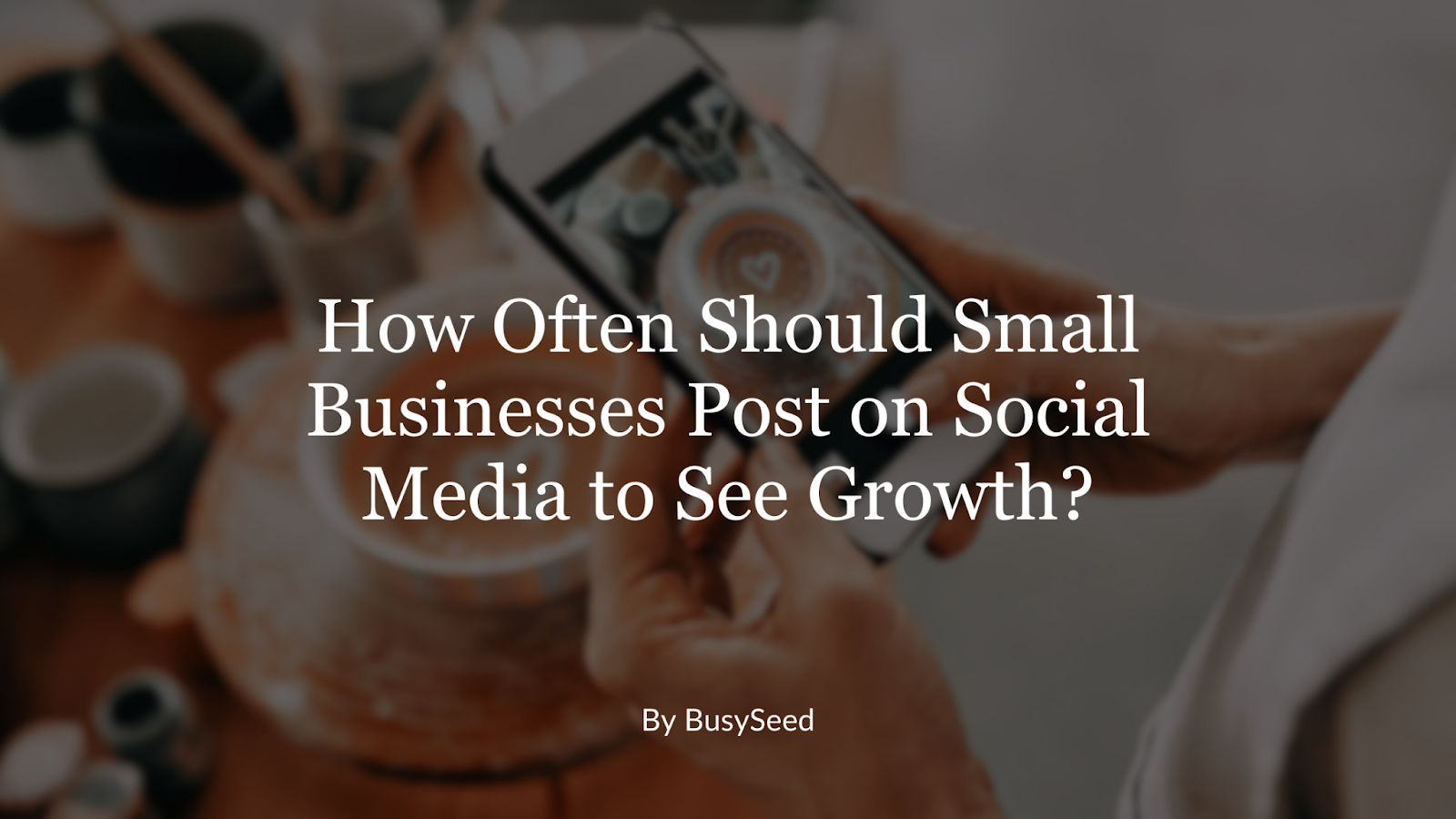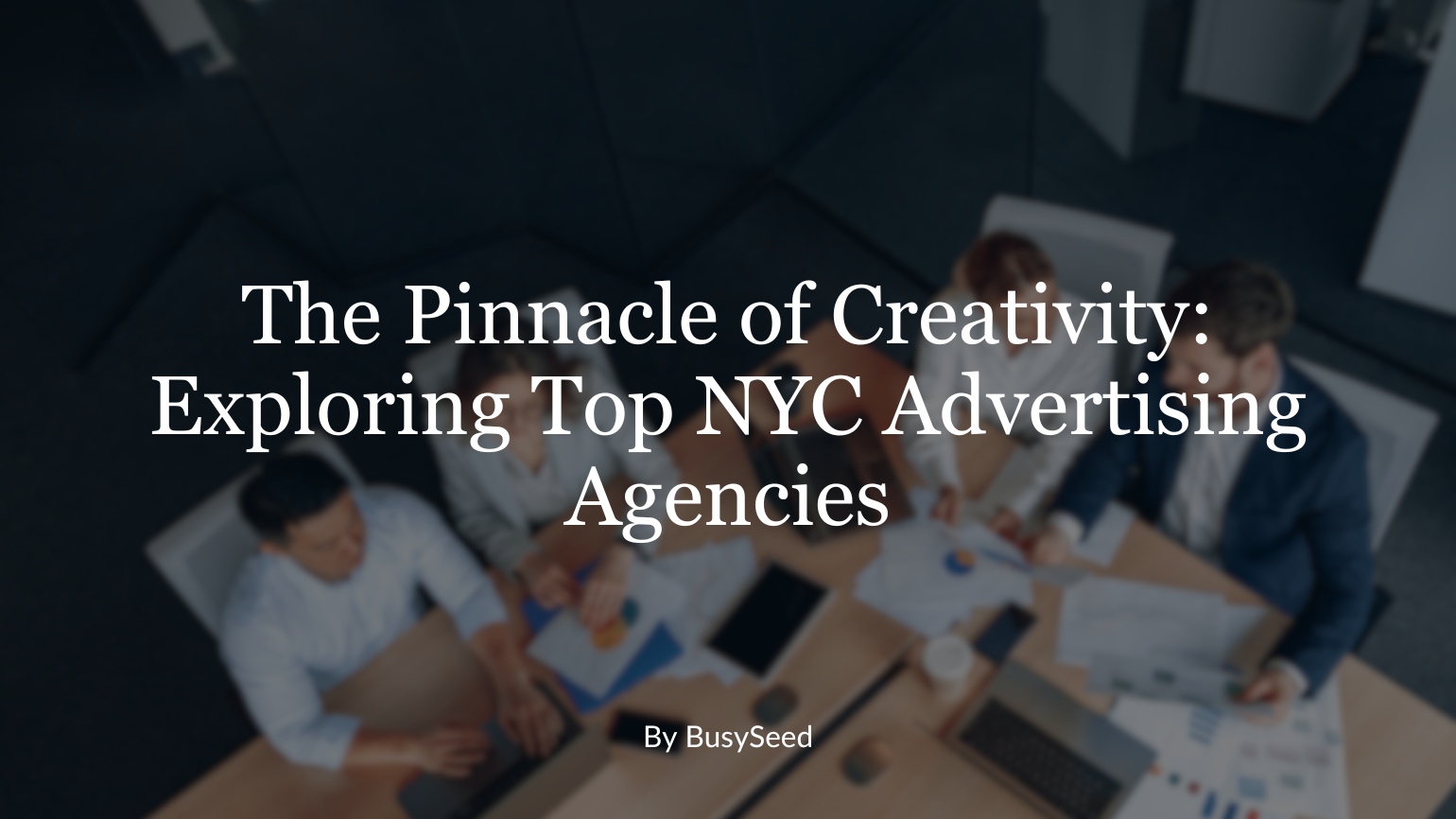PPC Strategy Guide for 2024
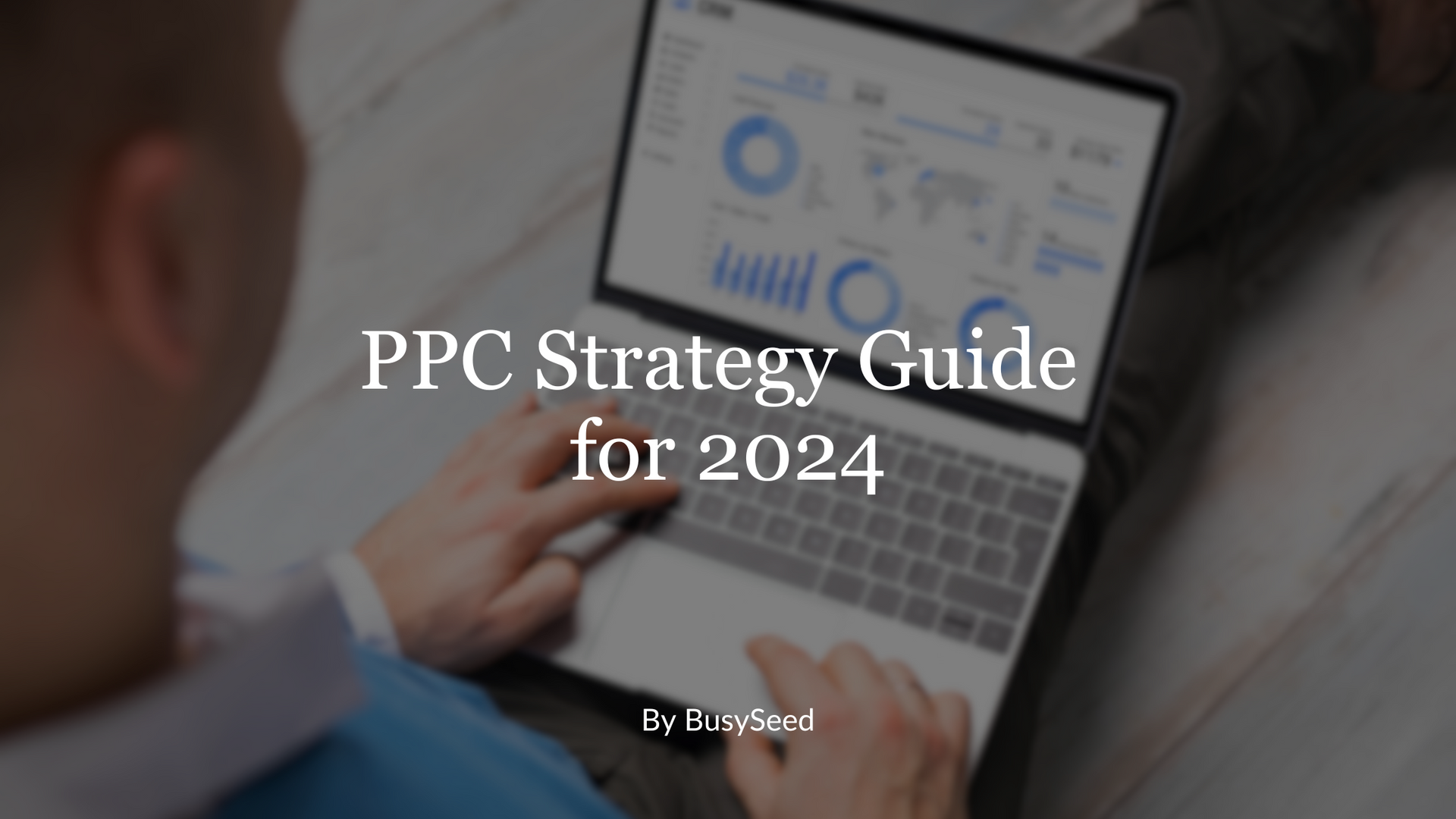
PPC is more than uploading Google ads. Your pay per click strategy is the masterplan for reaching your marketing goals in 2024. It all starts by defining your objectives, choosing the right KPIs and defining the perfect structure for your campaign.
In addition to keeping up with your regular content schedule, your PPC campaign should also include systematic reports and benchmarking. This will help you shift from merely going through the motions to inspiring others to take action.
Even though video is the most popular medium in 2024, PPC still has phenomenal weight. It’s undeniably one of the best digital marketing strategies, regardless of your experience level or business size.
To help you kickstart your year on a high note, here’s our PPC Strategy Guide for 2024!
In this guide, we’ll cover:
- What Is PPC?
- Google Ad vs. Facebook Ads
- PPC Trends for 2024
- Mistakes to Avoid
Whether you’re optimizing an existing campaign or developing your business’s pay per click from scratch, this guide is for you!
First, What Is PPC?
PPC stands for “pay per click,” which means you run ads on Google and pay every time someone clicks on your link. Easy, right?
It’s definitely not the elusive behemoth marketing blogs make it out to be.
You can also run PPC ads on Facebook, which drive traffic to your site’s landing pages. Don’t have them? That’s something we’ll tackle a bit later in this guide. They’re the bread and butter of a successful campaign!
The definition of PPC is simple enough, but does that mean PPC is something you can put together at the drop of a hat? Not exactly.
Although PPC is easy to understand, the process of making a stellar campaign is less than a cakewalk.
But don’t worry. We’ve got you covered.
Google Ads vs. Facebook Ads
It’s important to distinguish between Google and Facebook ads not as platforms but in terms of application.
The type of people you reach, the way they find you and how they engage with your brand are all different depending on where you run PPC ads. Choosing the right platform for your PPC campaign will have a humongous impact on the ultimate turnout.
So, before you dive into the deep end, let’s take a close look at each option.
Google Ads
These are the gold standard for PPC. It’s where the entire marketing strategy was born. As the internet expanded and more businesses began to market on the web, a greater need for visibility arose.
Search engine optimization is a crucial component of any marketing strategy, but is it enough to get you seen by your target audience? In 2024, the answer is likely “no.”
While SEO plays a role in how Google finds and displays your content, it doesn’t guarantee you’ll rise above your competitors. Even a fantastically crafted, 1500-word guide can fail to reach the masses if you have websites with ten times more backlinks ahead of you.
Google Ads give businesses a way to reach their target audience using specific keywords. So, while your content still needs to dress to impress, on-page SEO isn’t the only thing you should consider.
When you set up Google Ads, you choose what pages you want Google to show in the top results for a particular word or phrase. The cost-per-click (CPC) can run anywhere from pennies to over $100.
Facebook Ads
Facebook’s CPC varies as much as Google, but it offers a drastically different way of targeting segments in your audience.
Audience segments divide your ideal consumer base into categories. Factors like age, gender, location and income level can all affect how well an ad performs. Through A/B testing, you might find that women in their 30s clicked on a Facebook ad ten times more than any other age or gender group.
Facebook PPC is a great way to run social campaigns that are rooted in strong visuals. Google relies solely on words and search. While people who click on a Google ad only see a link, Facebook ads attract through imagery and video.
Which One Is Right for Your Business?
It’s a safe bet to say that most brands perform best using what the pros call “omni-channel marketing.” This is just fancy marketer lingo for running ad campaigns on multiple platforms simultaneously.
Depending on your budget and time availability, you might decide to start with one platform, test its efficacy and then switch to or incorporate the second.
We suggest first performing an assessment of your brand’s current marketing efforts. Then, after establishing some PPC goals, you can choose the right platform for your 2024 campaign.
PPC Trends for 2024
Marketing is a fast industry. It can even be hard for professionals to stay up-to-date with all the latest trends! It can also be difficult to discern which ones to incorporate and which ones will fade away fast.
We’ve done our research and put together this list on the top 3 PPC trends of 2024 that every brand should know.
1. Keyword Variation
In 2024, Google will use Responsive Search Ads (RSAs) as their default model. These are different from the standard expanded text ads that you may already know.
You can still use expanded text, but an optimized PPC strategy should leverage the RSA format.
Responsive search ads have assets, core keywords that are mixed and matched by Google’s AI algorithm to display the most effective ad to a viewer.
To succeed with this model, you’ll need to create several headlines that can easily be interchanged. Without enough follow-through, the algorithm could create odd-sounding ads that don’t convert.
2. Mobile-friendly Ads
Because mobile devices are now the most common way people access the internet, you need to have ads that are friendly for smaller screens.
A mobile-optimized PPC ad may use different words to accommodate things like voice search or Google shopping.
When it comes to running Facebook ads for mobile users, consider how users scroll through feeds and what parameters, colors and design elements will have the greatest impact.
3. Video PPC
Since the pandemic’s tidal-wave effect on digital marketing, video use has skyrocketed. In a recent survey, 92% of marketers said they consider video an important part of their strategy. What’s more, 85% percent reported that video ads were effective in lead generation.
If you’re looking to expand your brand’s presence online, you need video. The good news is that PPC can also work well with this format.
With Google, you can run ads on YouTube and pay per click or per view (PPV).
PPC Mistakes to Avoid
Trial-and-error is part of the marketing process, but with PPC, your mistakes can be costly. That’s why we have a fundamental list of five pay-per-click digital marketing tips to avoid.
Follow these as you optimize your strategy.
You may also consider working with a professional. A Google ads specialist can not only help you get the most out of your marketing budget; they can also help you measure your progress and refine your strategy for the greatest ROI.
- Using broad terms. If your company sells t-shirts, you’d think that “t-shirts for women” is a great keyword for PPC. But you’d be wrong. This is far too broad and will only result in being displayed to people who fall outside your target audience. Use exact matches to narrow your sales funnel. Think “tshirts for moms” or “teacher tshirts” as a starting point.
- Not using negative keywords. A negative keywords list omits your ads from displaying in certain search results. This is an important step in reducing spending on search queries that serve no value for your business.
- Running static ads. You need ad variation to measure KPIs that help you improve. Different headlines, keywords and positioning can provide valuable insight into how your audience responds to different copy.
- Not running ads to the right landing page. Avoid having any Google or Facebook ads link to your home page or a generic service page. You need targeted landing pages that inspire visitors to take action right away.
- Not retargeting your visitors. If someone visits your site but leaves, should you just count it as a loss? No way! Retargeting allows you to display your ads again to people who have already gone to your site. Having a remarketing strategy is a simple way to increase lead generation and conversions.
Let the Professionals Help
At Busy Seed, we’re always available to answer your questions and help you design unforgettable digital marketing campaigns. If you’re looking to switch your strategy into high gear in 2024, contact us!
Our PPC campaigns are suitable for any business, and we can help you set up ads that are easy to track, manage and tweak as needed.
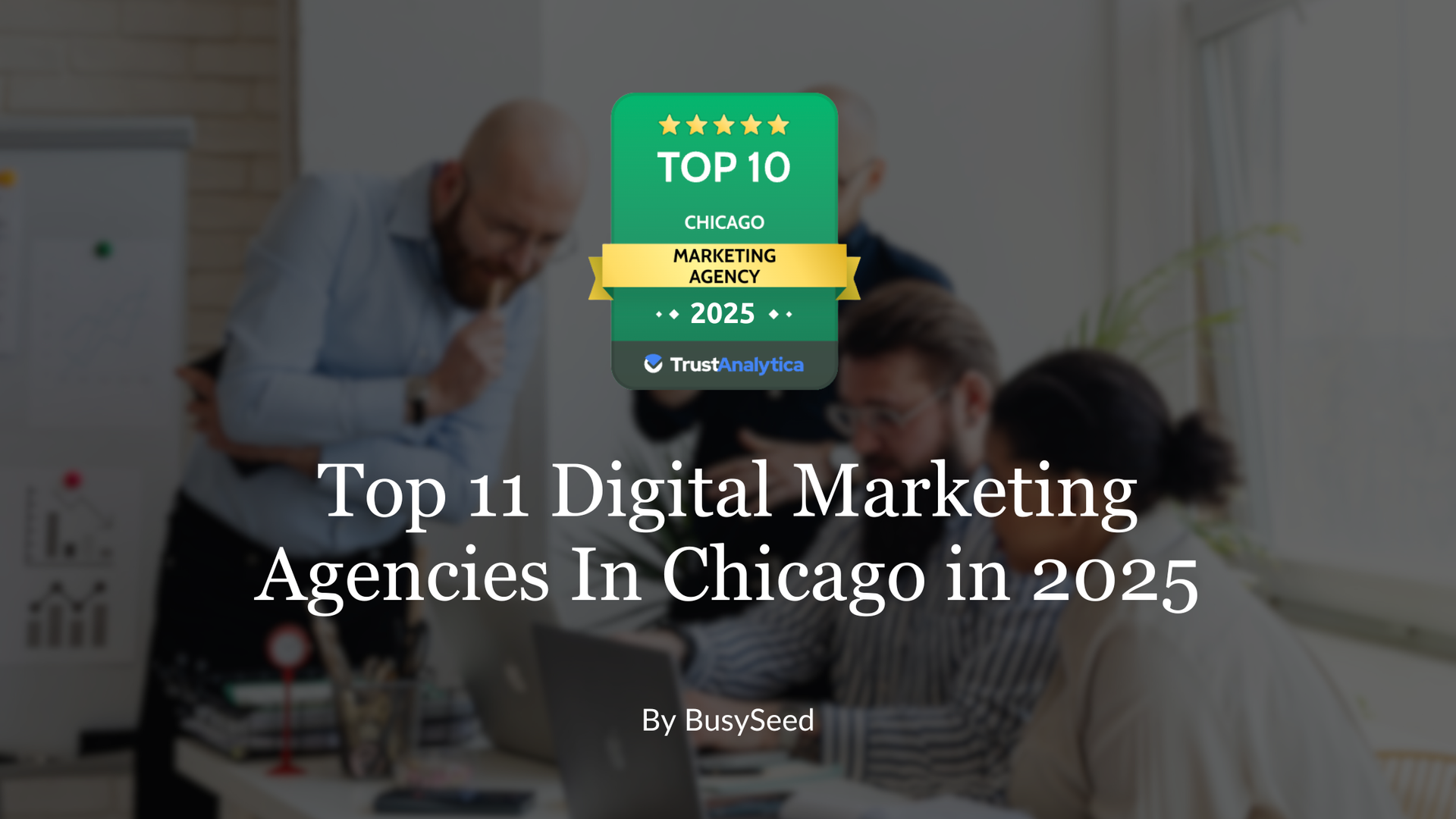
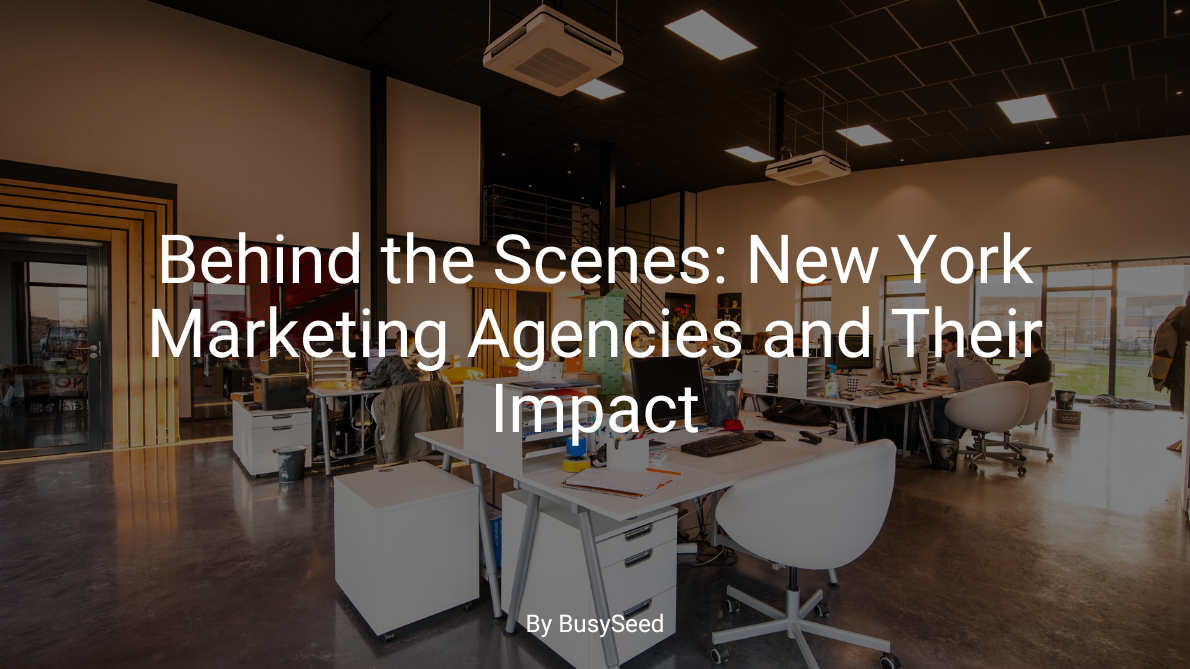

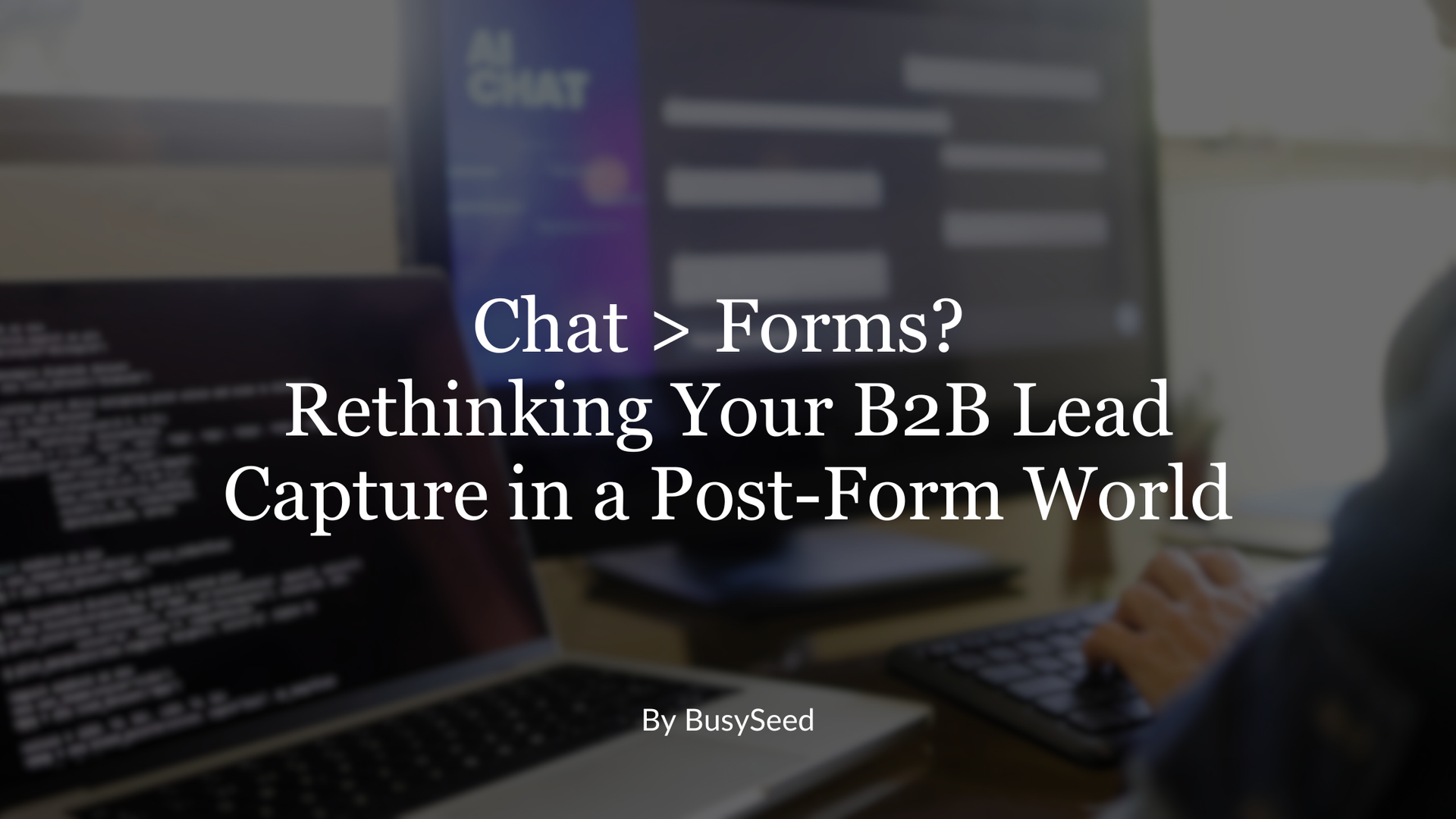 Forms? Rethinking Your B2B Lead Capture in a Post-Form World"." onerror="handleImageLoadError(this)"/>
Forms? Rethinking Your B2B Lead Capture in a Post-Form World"." onerror="handleImageLoadError(this)"/>